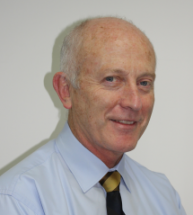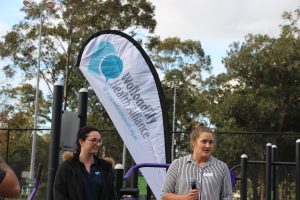A Sydney local health network is one of a number partnering with local government to improve community health outcomes.

The South Western Sydney PHN (SWSPHN), a local body which brings together GPs and other medical professionals to support community health, is improving health outcomes through an innovative partnership with Wollondilly Council.
Nestled just outside the Blue Mountains, approximately an hour and a half out of Sydney, the Wollondilly region is part of the greater peri-urban region of NSW.
But despite the area’s remote location, a booming population of almost 50,000 presents significant health challenges for authorities, with the region without a hospital and extensively under-serviced in terms of health care.
This, combined with forecast population growth over the next 30 years, prompted the area’s PHN to collaborate with local government to plan strategically for the community’s current future health outcomes, according to CEO of SWSPHN Keith McDonald.
“Whilst there’s approximately 55,000 residents, Wollondilly has a rapid growth projection over the next 20 years with the growth corridor of South Western Sydney so we recognised that there’s going to be some significant challenges in terms of social capital and health impact because of the current under supply of service,” he told Government News.

Targeted programs
Under the partnership, the parties undertake joint analysis and planning to identify the key health issues facing the region, and strategically develop targeted solutions.
As part of the partnership the SWSPHN has rolled out place-based strategies including a tele-health initiative, where those with chronic illness can undertake tests at home and have their results sent to their GP to minimise travel as a barrier to health outcomes.
The partnership has also seen the development of outreach clinics such as a specialist diabetes clinic and numerous public policy initiatives.
Amy Prince, director of planning and performance at the SWSPHN told Government News that the alliance has so far been positively received in terms of health outcomes.
“The evidence that we have so far anecdotally and qualitative submissions are positive. Initiatives are valued and appreciated by the community,” she said.
Dr McDonald says that the partnership with council has been “critical” to developing targeted and effective health strategies.
“Councils have the local intelligence and connections that make them a real leverage point in terms of planning regionally,” he said.
“The alliance model is a testament to the adage that together, we can achieve more.”
Research: councils “the missing link” in health planning
The news comes just weeks after research reported on by Government News found that less than half of Australia’s PHNs are collaborating with councils to improve health outcomes prompting the researchers to call out the poor collaboration as a “lost opportunity.”
The research found that despite these constraints, health networks with strong organisational leadership are better at collaboration with local government.
But Dr McDonald told Government News that he thinks that the research, conducted between 2014 and 2016, would produce radically different outcomes today, where he says a growing number of PHNs such as his are collaborating with councils.
“We suspect if conducted now, that the results would be vastly different, due to the three years of sustained work in robust population planning and co-design through PHN commissioning processes,” he said.
“The partnership with local council is one that many PHNs now prioritise.”
Nonetheless, Dr McDonald says that PHNs must be “vigilant” and ensure they are being proactive in engaging councils to improve health outcomes for communities.




Leave a Reply